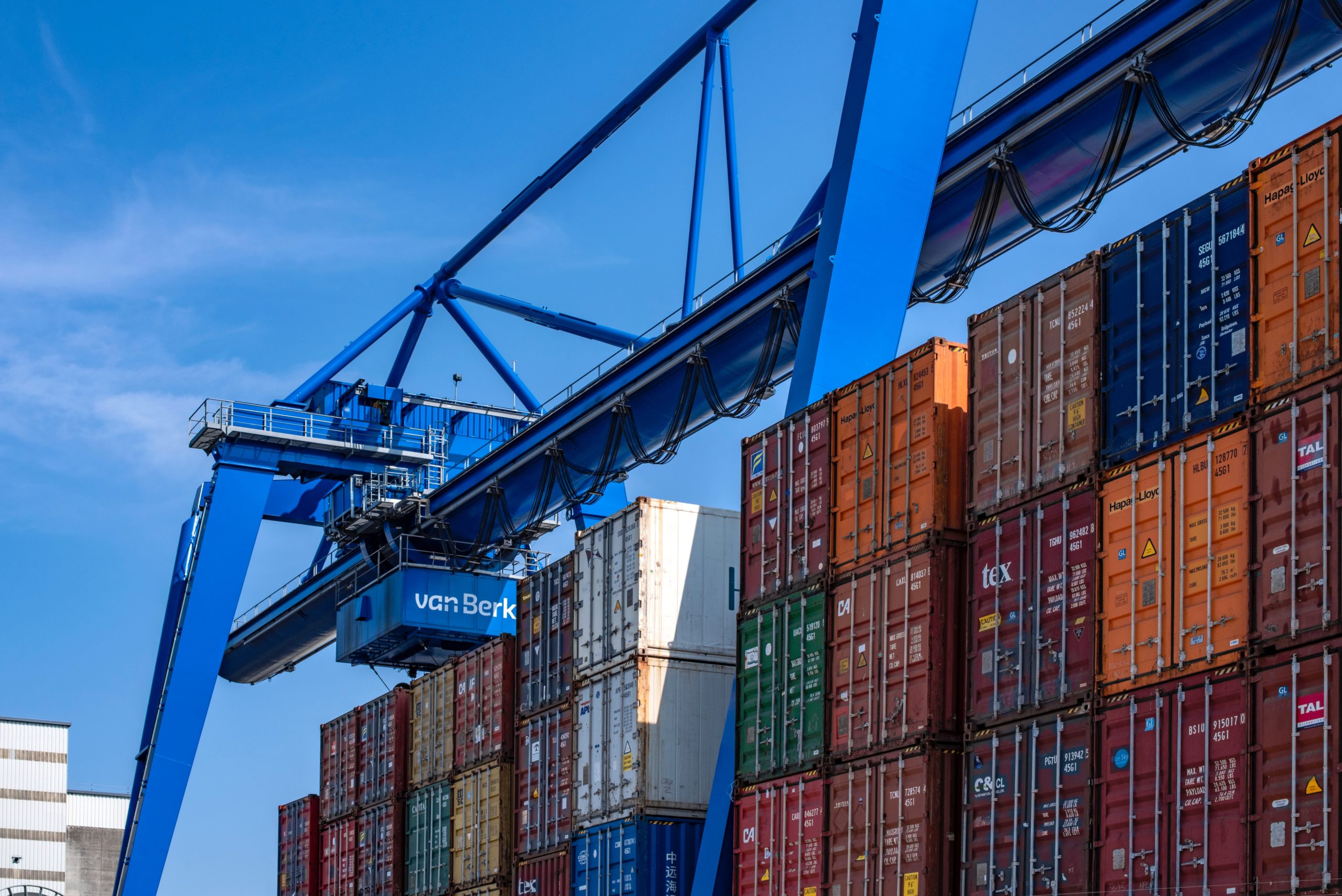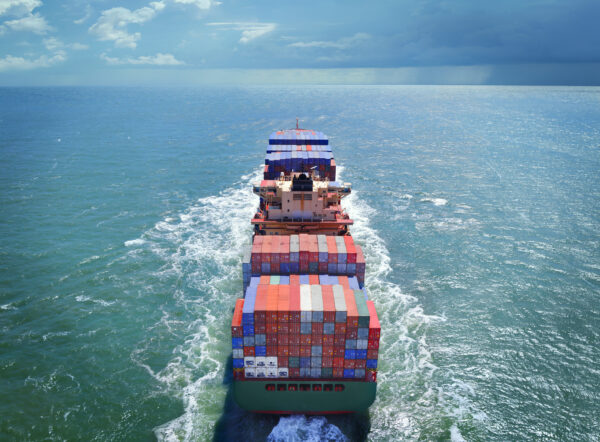Ocean Freight Market Update
Asia → North America (Transpacific Eastbound)
Rates: Another week without an announcement of a GRI. However, we are starting to see increases in the rates required to ensure equipment & space are available.
Capacity: We are seeing pockets of minimal space predominantly in Central and North China, with South China remaining exceptionally tight in availability.
Equipment: All carriers are reporting extreme shortages. Again, SPRC is reportedly the hardest hit.
Reduction in barge capacity is forcing Pearl River Delta (PRD) shippers to look at trucking containers into Hong Kong. This is forcing prices up.
Asia → Europe (Far East Westbound)
Rates: Have now split into 2 categories 1) FAK rate levels, 2) Priority / Premium rates. Both rates continue to increase with premium rate levels expected to exceed the $10,000 FEU prior to 2021 for UK cargo, with European rates remaining +/- $500 / $1000 less.
Capacity: Carriers are announcing that the vast majority of ships departing Asia are fully booked through to the 1st week of 2021. No additional capacity is expected, so space will remain at a premium.
Equipment: All carriers are reporting equipment issues but the severity depends on the carrier and location. River ports and inland locations are being hit the hardest.
Notes: Barge operations in the PRD will be suspended in early January to ensure that seafarers are able to carry out the required Covid isolation and still be able to make the journey home for CNY. This is putting an unusually high demand on space and equipment.
Air Freight Market Update
Asia
- Air freight rates are now beginning to drop a little, but are still at higher than normal market levels. We are however beginning to see some good rates available in the market from most Chinese origins.
- Rates to the USA are still at a high level, and there has been no sign of them dropping this week, but the market is changing very quickly at the moment.
Americas
- Contract rates are surging up to converge with spot pricing as tender rejections reach historic peaks resulting from the capacity squeeze with trucking carriers at full utilization. Capacity expansions have been capped due to the lack of drivers and in response, trucking companies have begun to invest more on driver staffing and retention.
- The tightening of truck capacities is bringing about a rising demand for partial truckload and less-than-truckload (LTL) services. Shippers are responding to the capacity crisis by splitting loads across multiple trucks to secure space.
- The escalating industrial freight demand has also resulted in service issues such as missed pick-ups with 24’ vans filled to capacity daily despite scheduled pickups.
- According to the Truckload Carriers Association, operators could cover only three out of four loads put up for tender. More recently, rejection rates reached 28.31%.
- This situation is likely to keep pricing elevated with industry experts projecting truckload contract rates to rise by “low double-digits” in 2021 in the region of 10 – 15%. Consequently, the strong spot market and rising contract rates will mean continued pressure on carrier costs and the rates shippers pay. Trucking operators expect the market to remain strong for some time, at least through the first quarter of 2021.
- Forwarders are getting their freight offloaded from booked flights as vaccine distribution starts. A European air freight forwarder said that as a consequence of Singapore Airlines loading vaccines in Amsterdam, their cargo continues to be bumped.
Europe
- The global freight forwarding market experienced its most challenging year to date amid the Covid-19 pandemic, contracting 9% year-on-year. However, it is expected to rebound in the years ahead. With promising developments with regard to a Covid-19 vaccine, the International Monetary Fund (IMF) has revised its outlook for 2021, predicting that global trade will reach pre-Covid levels next year.
- Tight capacity has been a characteristic of both the air and sea freight forwarding markets in 2020. Container shipping alliances were able to work together and cut capacity during the pandemic, keeping rates at high levels. This trend, although likely not to the same extent, could continue in the years ahead, pushing some shippers to consider other modal options, such as rail or sea-air.
- With swathes of the passenger aircraft fleet grounded, there continues to be a lack of cargo bellyhold capacity. According to IATA, in the year to December available cargo-tonne kilometres were 25.2% lower than the year previous. This lack of capacity has pushed shippers towards other modal options and could yet constrain the ability for air freight volumes to bounce back.
UK & European Road Freight Market Update
- We are currently experiencing serious delays at the Eurotunnel and all UK and EU ports.
- European trailer demand is currently outstripping equipment availability as UK and European customers continue to stockpile due to Brexit.
- Shipping companies and terminals are currently carrying out system releases prior to the go-live date on 1st January 2021 and we are experiencing daily delays of 5-6 hours into Dover, Folkestone and Calais ports.
- Freight rates have significantly increased. Some companies are willing to pay higher rates to secure equipment.
The information that is available in the Weekly Market Update comes from a variety of online sources. Click below to learn more about how Zencargo can help make your supply chain your competitive advantage.
Get In Touch



